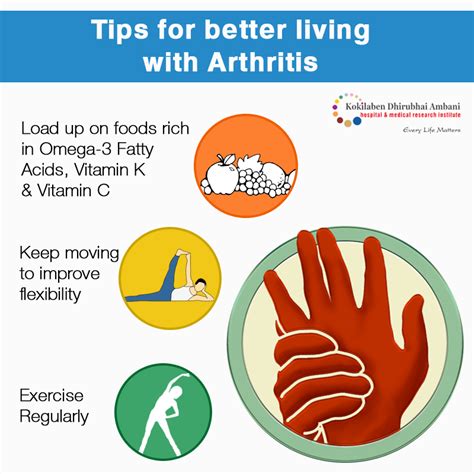How To Prevent Arthritis: A Comprehensive Guide
Arthritis, a debilitating joint disease affecting millions, isn't always preventable. However, understanding its risk factors and proactively adopting a healthy lifestyle can significantly reduce your chances of developing this painful condition. This comprehensive guide explores practical strategies to minimize your arthritis risk.
Understanding Arthritis and its Types
Before diving into prevention, let's clarify what arthritis is. It's an umbrella term encompassing over 100 different conditions causing joint pain and inflammation. The most common types include:
- Osteoarthritis (OA): Characterized by the breakdown of cartilage, the cushioning between bones. It's often associated with aging and wear-and-tear.
- Rheumatoid Arthritis (RA): An autoimmune disease where the body's immune system mistakenly attacks the joints, leading to chronic inflammation and joint damage.
While some forms of arthritis are hereditary, many risk factors are modifiable, meaning you can take steps to reduce your risk.
Key Strategies to Prevent Arthritis
1. Maintain a Healthy Weight
Carrying excess weight puts extra stress on your joints, particularly those in your knees, hips, and ankles. Weight loss, even modest amounts, can significantly reduce the strain and lessen the risk of developing osteoarthritis. Focus on a balanced diet and regular exercise.
2. Regular Exercise: The Arthritis Preventative
Regular physical activity is crucial. It strengthens muscles supporting your joints, improves joint flexibility, and maintains a healthy weight. Focus on low-impact exercises such as:
- Swimming: Gentle on joints, providing excellent cardiovascular benefits.
- Walking: Easy to incorporate into your daily routine.
- Cycling: Another low-impact option that strengthens leg muscles.
- Yoga and Tai Chi: Improve flexibility and balance, reducing the risk of falls and injuries.
Avoid high-impact activities that put excessive strain on your joints, especially if you already experience joint pain.
3. Protect Your Joints
Good posture and proper lifting techniques are essential to prevent joint strain and injury. Learn how to lift heavy objects correctly to minimize stress on your back and other joints. Consider using assistive devices when needed.
4. Balanced Nutrition for Joint Health
A well-balanced diet rich in fruits, vegetables, and whole grains provides essential nutrients that support joint health. Antioxidant-rich foods may help combat inflammation. Consider incorporating foods like:
- Leafy green vegetables: Excellent sources of vitamins and minerals.
- Fatty fish: Rich in omega-3 fatty acids, known for their anti-inflammatory properties.
- Berries: Packed with antioxidants.
Limit processed foods, sugary drinks, and red meat, which can contribute to inflammation.
5. Address Underlying Health Conditions
Certain medical conditions, like diabetes and lupus, increase the risk of developing arthritis. Effectively managing these conditions through medication and lifestyle changes can help reduce your arthritis risk.
6. Consider Supplements (Consult a Doctor First!)
While not a replacement for a healthy lifestyle, some supplements may offer potential benefits. Glucosamine and chondroitin are commonly used to support cartilage health. Always consult your doctor before taking any supplements, as they can interact with other medications.
When to See a Doctor
If you experience persistent joint pain, stiffness, swelling, or limited range of motion, consult your doctor. Early diagnosis and treatment are crucial for managing arthritis and slowing its progression.
Conclusion: Proactive Steps for a Healthier Future
Preventing arthritis involves a holistic approach combining healthy lifestyle choices, regular exercise, and proactive management of underlying health conditions. By taking these steps, you can significantly reduce your risk of developing this debilitating disease and enjoy a more active and pain-free life. Remember, consistency is key!
